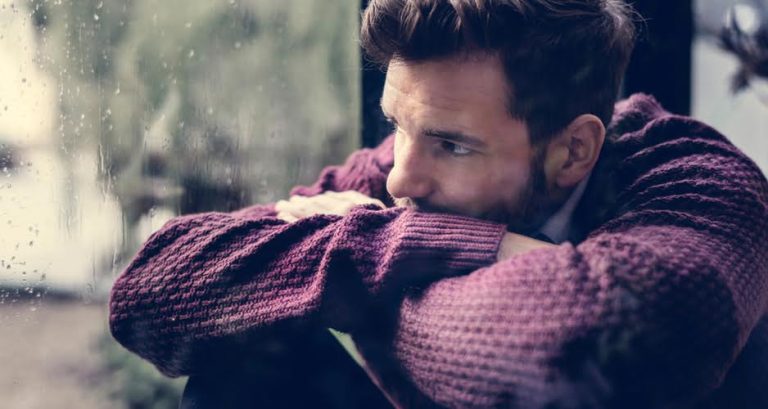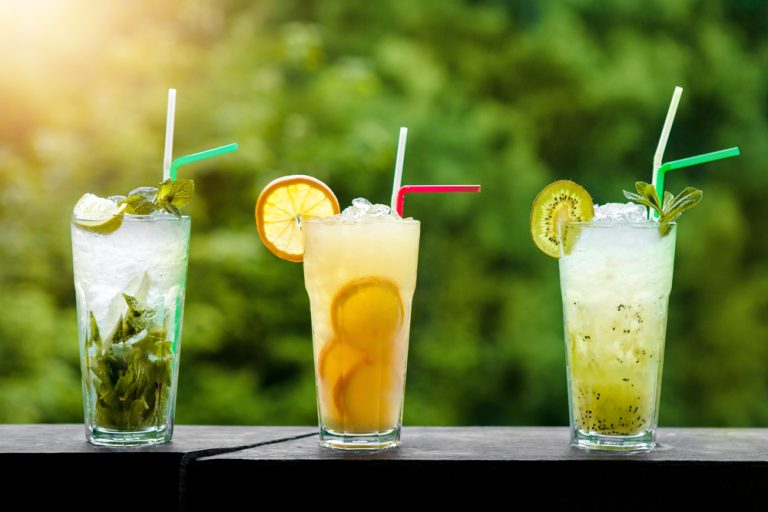Symptoms of Rhinophyma or drinker’s nose begin with swelling, redness and bumps on your nose. There are four subsets of rosacea, and rhinophyma is thought to be the most severe of them all. It’s a progressive condition that forms gradually over years and is thought to be the result of an untreated, less severe form of rosacea. This means people with a drinking nose have to take special care to clean their noses frequently. The effect of an alcoholic nose isn’t just on the outside; inner nasal ways can thicken and cause breathing troubles.
Remembering Audrey Kishline, Moderation Management
Alcohol widens the blood vessels in the eyes, causing more blood to flow through them, increasing their appearance and volume. It can also cause yellowing of alcoholic nose pictures the sclera (whites) from jaundice caused by alcohol and liver complications. Rosacea often happens in flare-ups that can last weeks or months before your skin calms down and the symptoms disappear.
Medications Used to Treat Rhinophyma
Rhinophyma may respond well to topical treatments, such as metronidazole and isotretinoin, in the early stages though. Another option is isotretinoin, a drug that shrinks the sebaceous glands, limiting how much oil they make. However, if a person wishes to have surgery, they must stop taking this medication. The characteristic appearance of rhinophyma often makes it easy to diagnose with a visual examination. The condition is much more common in males than females and usually develops between the ages of 50–70.

Stages of Rhinophyma Development
If your rhinophyma is more advanced, laser therapy may be a worthwhile treatment option. This is why many individuals with rosacea and other inflammatory conditions choose to avoid alcohol or, at the very least, consume it in moderation. All too often, the stigma of alcoholism and addiction leads to discrimination, avoidance, and rejection of people struggling with this disease.
Alcohol Drinker’s Nose: Understanding Rhinophyma

While alcohol can stay in your system and cause damage, there is thought to be very little connection between alcohol use and this skin condition. To get rid of a red nose, an individual will need one or the other, if not both. The residual effects of drinker’s nose (such as social interference or self-esteem deterioration) can be long-lasting. These bumps are actually benign tumors that occur on the tips and bridge of the nose. They vary in size and, over time, completely change the shape of the nose.
Alcohol dilates blood vessels, leading to enlarged visible capillaries known as spider veins. Studies report a high prevalence of spider veins in alcoholics, reaching 46.7% in one study. We spoke to Dr. Bart Kachniarz from Belcerna Plastic Surgery in Miami about skin-related side effects of alcohol abuse and how they can be treated, if at all.

Find Addiction Treatment Programs Today!
However, it frequently appears in individuals who have long-term rosacea. Contact our helpline today to learn more about our recovery programs, to receive help with understanding your health insurance, and more. While it may not be clear what causes rhinophyma, there are a number of triggers that can cause a flare-up of rhinophyma to occur. Our program offers the highest quality care for women struggling with addiction and co-occurring conditions in Southern California. You may also be prescribed moisturizers or medications to keep skin moisturized and prevent oil buildup. While the exact cause of rhinophyma is unknown, evidence alcoholism treatment suggests there is a genetic and ethnic predisposition, typically running in families of fair-skinned, European descent.
- Detoxification, commonly known as detox, refers to the physiological process of eliminating harmful substances from the body.
- Also a common by-product of liver disease, jaundice is characterized by yellowing of the skin and sclera (the whites) of the eye.
- While it’s true that chronic alcohol abuse can lead to many health problems, there is no definitive evidence that drinking alcohol causes the so-called alcoholic nose.
The goal of early intervention is to control inflammation and prevent the tissue changes that lead to rhinophyma. This approach is much more effective than trying to reverse advanced changes after they have occurred. Some people find that certain alcoholic beverages trigger symptoms more than others. Moisturizing regularly helps maintain the skin barrier and may reduce sensitivity to environmental triggers. Products containing niacinamide, hyaluronic acid, or ceramides can be particularly beneficial for rosacea-prone skin.
They may be afraid they will feel shamed by other people’s judgments of alcohol abuse. Widened blood vessels caused by heavy drinking allow more blood to travel to right beneath the skin’s surface, which gives the face a more flushed or red appearance. Alcohol use disorder and skin conditions like rosacea are connected because of the potential for alcohol to worsen existing skin conditions.
